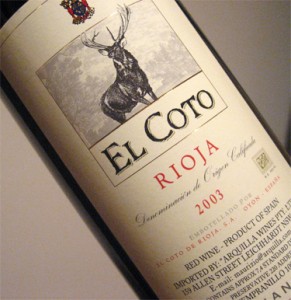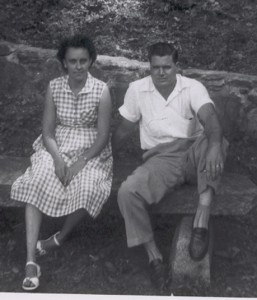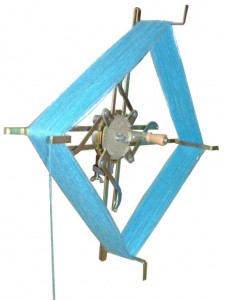 This is the first part of the discussion group for Parables for the Virtual: Movement, Affect, and Sensation. I am very late doing this. I am sorry. I was having whiplash and making phone calls because I got in a car wreck on the freeway. Nobody was seriously hurt, and more importantly, it was not my fault. But it happened and I am too easily derailed. There is a very wonderful Chapter Two post waiting for us; it is by Corey Wakeling. So I just want to do this so we can get to that. I am liking Massumi. I drank Rioja instead of Malbec because I had some.
This is the first part of the discussion group for Parables for the Virtual: Movement, Affect, and Sensation. I am very late doing this. I am sorry. I was having whiplash and making phone calls because I got in a car wreck on the freeway. Nobody was seriously hurt, and more importantly, it was not my fault. But it happened and I am too easily derailed. There is a very wonderful Chapter Two post waiting for us; it is by Corey Wakeling. So I just want to do this so we can get to that. I am liking Massumi. I drank Rioja instead of Malbec because I had some.
Are you reading Massumi? What is the affect–equated by him with effect and intensity–of reading Massumi? Not the emotion. What is the sensation? For reasons I shouldn’t like to understand, reading really good academic prose turns me on as I read it, literally, but I haven’t read much of anything like this since college, so getting into Parables for the Virtual lent a tender, nostalgic, aroused sensation. Like the children in Ch. 1 I equate arousal with pleasure.
Here are some things I would love to talk more about if you would like to talk more about them:
Intro pp. 12-13. False modesty, wrongthinkingness of critics who think it is not their job to create. At times Massumi is writing about how to write, which was a nice surprise.
Ch. 1 pp. 24-25. The way Massumi writes “form/content” blows my mind. I know we can’t totally divide form and content, but to conflate/equate them thus is, for me, hard to do. Please help.
28. “[Emotion] is intensity owned and recognized.” Crucial distinction/delineation.
[I’m relieved that Massumi compared his own prose to a black hole]
39. Kinds of aphasia and their inverses. How they could help us hear.







